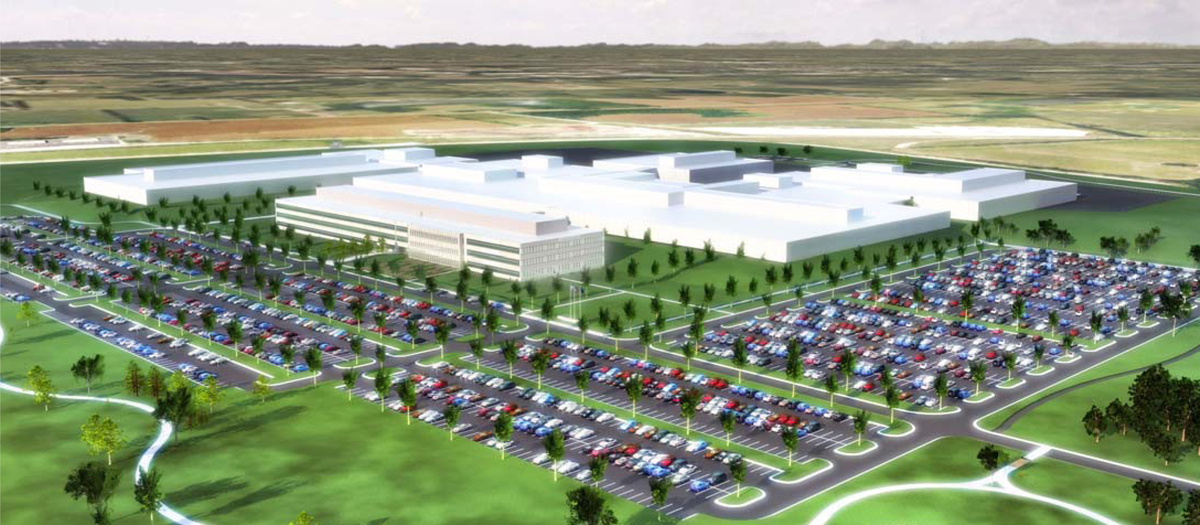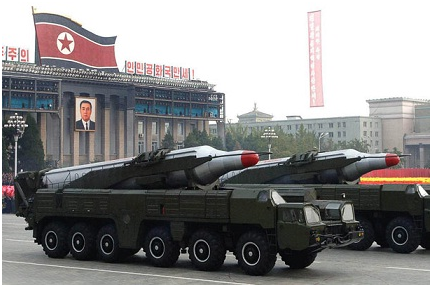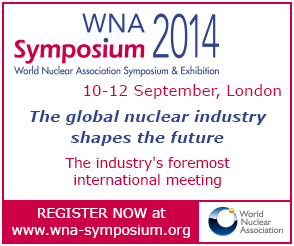It has now been seven months since there was a release of radioactive particles from the Waste Isolation Pilot Plant (WIPP) near Carlsbad, New Mexico. A drum containing waste generated by nuclear weapons production at Los Alamos National Laboratory (LANL) burst in the underground facility. The air filtration system was not functioning correctly and the released radioactive materials including plutonium and americium escaped from the WIPP and were detected in Carlsbad over twenty miles away.
The exact contents of the drum that exploded are not well documented. The scientists at LANL have conducted over three thousand experiments with chemicals that might have been in the drum but have failed to duplicate the event that ruptured the drum. A recent report from Reuters claimed that a source at WIPP told them that a second drum may have ruptured and released radioactive materials at WIPP. Just a few days ago, the Department of Energy denied that there was any evidence of a second drum exploding at the WIPP. Apparently LANL announced that there was a second drum of their waste at the WIPP that contained much the same type of wastes and additives in the drum that did explode.
Six hundred and seventy eight other drums containing waste from LANL are now considered to be at high risk for heating and bursting. Of these drums, six hundred are stored at the WIPP, fifty seven drums are still at LANL and one hundred and thirteen drums are at a temporary storage in Texas.
LANL has been producing about ten plutonium pit triggers for nuclear warheads per year for the past few decades. With the call to renovate the U.S. nuclear arsenal, LANL will have to increase its pit trigger production to eighty a year. This will cause a huge increase in nuclear waste from LANL. With WIPP closed and no good estimation of when it may reopen, the question of what to do with all this new waste cannot be answered at this time. The pit triggers will be produced in the Plutonium Facility 4 (PF4) at LANL which is thirty six years old and located over an active seismic fault. Problems with the PF4 caused LANL to close it over a year ago.
The U.S. Defence Nuclear Facilities Safety Board (DNFSB) issued a report on a three year review of emergency preparedness at U.S. nuclear weapons facilities. In the report, the DNFSB stated that the problems that it found with the response to the accident at WIPP are also relevant to other U.S. nuclear weapon facilities. The report concluded that the underlying causes of the problems included “ineffective implementation of existing requirements, inadequate revision of requirements to address lessons learned and needed improvements to site programs, and weaknesses in DOE verification and validation of readiness of its sites with defence nuclear facilities….” In light of these findings, the DNFSB report found that the “DOE has not comprehensively and consistently demonstrated its ability to adequately protect workers and the public in the event of an emergency.” Given that the U.S. is embarking on a major upgrade to its nuclear arsenal, the conclusion of the DNFSB report is cause for great concern and needs to be addressed by the U.S. Department of Defence.







